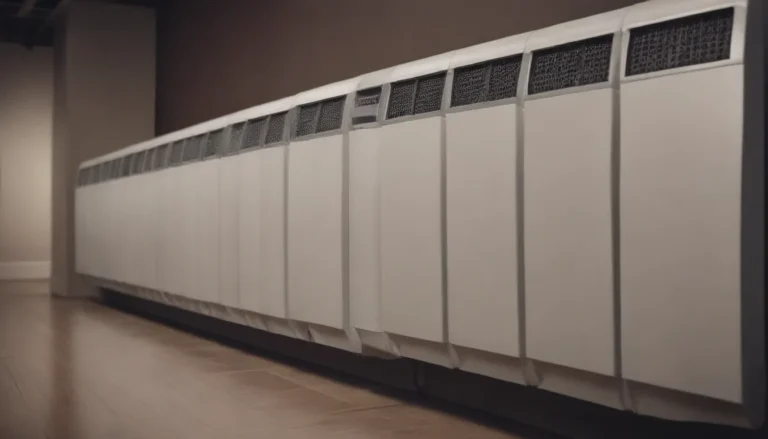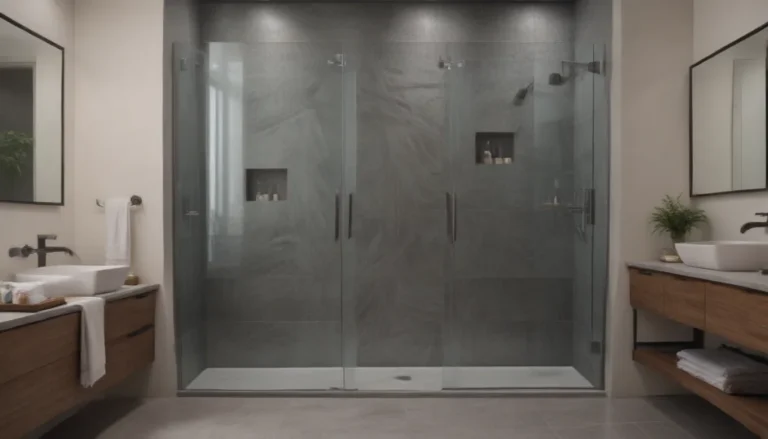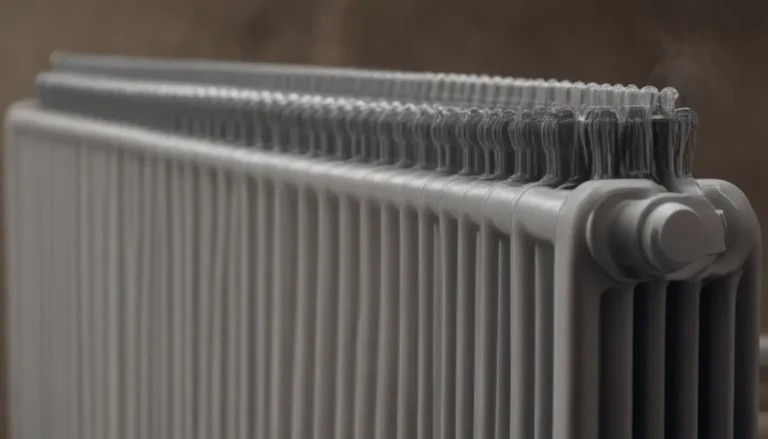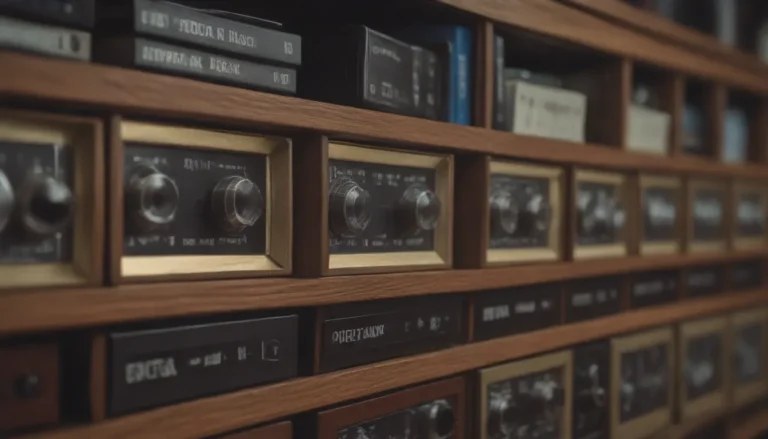Understanding the Main Circuit Breaker: How it Works and Its Importance
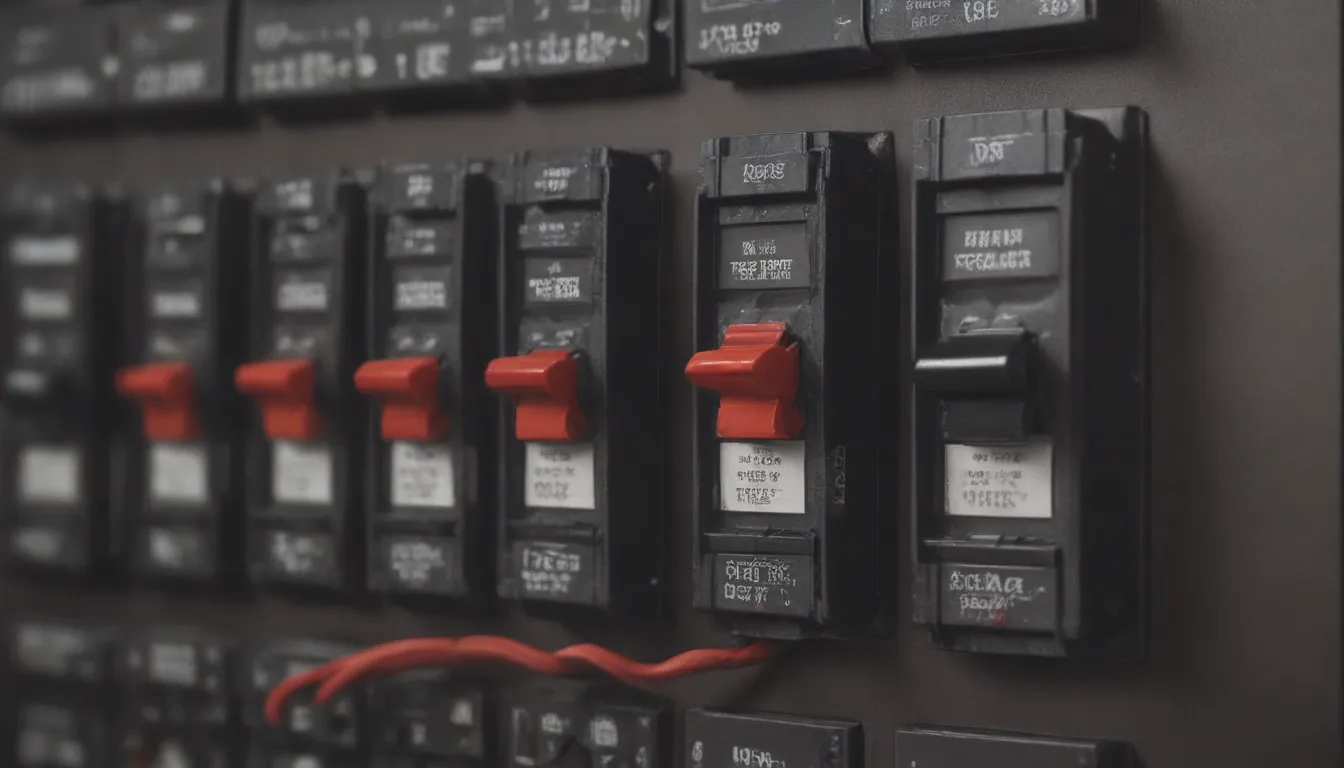
If you’ve ever taken a peek inside your electrical panel, you’ve likely noticed a series of circuit breakers lined up neatly from top to bottom. Among these breakers, there is one larger circuit breaker that stands out. This central figure is known as the main circuit breaker, and it holds a critical role in your home’s electrical system by providing a means to disconnect power to the entire circuit breaker panel and subsequently shut off power to your entire house.
What is a Main Circuit Breaker?
The main circuit breaker is essentially like any other breaker in your electrical panel, but it is specially designed to handle the heavy amperage load carried by the main feeder wires that bring electrical power into your home. This breaker is typically the largest in the panel in terms of amperage rating, reflecting its responsibility for managing the flow of electricity throughout your household.
Main Breaker Amperage
In most modern installations, the main circuit breaker is rated for 100-amps, 150-amps, 200-amps, or even higher in larger homes. Older homes may have main breakers rated as low as 60-amps. Regardless of the amperage, the main breaker is crucial for controlling the flow of 240 volts of power that enters your home through two main service wires, each carrying 120 volts of current. These service wires connect directly to the main breaker, which then distributes power through two hot buss bars in the service panel. Branch circuits then receive power by connecting to these buss bars, depending on whether they are 120-volt or 240-volt circuits.
The Role of the Main Circuit Breaker
Similar to branch circuit breakers that protect individual circuits from overloads, the main circuit breaker serves as a safeguard for the entire electrical system. If the total load demand in your home becomes too high or if there is a serious issue within the electrical system, the main breaker will shut off power to the entire house. While tripping of the main breaker is relatively rare due to the individual circuit breakers handling most issues, it is a crucial safety feature that ensures the protection of your home and its occupants.
Using the Main Breaker for System Maintenance
In addition to its role as a safety mechanism, the main circuit breaker also offers a convenient way to shut off power to the entire house when needed for maintenance or repairs. Whether you’re upgrading your electrical system or working on a major project, the main breaker provides an easy way to disconnect power safely.
Resetting the Main Circuit Breaker
There are various reasons why the main breaker may trip, such as lightning strikes, power surges, or an overload in the electrical panel. If the main breaker does trip, it is important to follow a recommended procedure for resetting it to restore power to your home safely. However, if the main breaker continues to trip or does so repeatedly, it is advisable to seek professional help to address any underlying issues that may be present.
Tips for Resetting the Main Breaker Safely
– Always prioritize electrical safety when working with circuit breakers and within an electrical panel.
– If the main breaker trips, try resetting it to resolve the issue if it was caused by a temporary problem.
– If the main breaker continues to trip or exhibits recurrent issues, contact a professional electrician to diagnose and address any potential electrical hazards.
In conclusion, the main circuit breaker serves as the backbone of your home’s electrical system, providing essential protection and control over the flow of electricity. Understanding its function and knowing how to properly reset it can help you ensure the safety and efficiency of your home’s electrical system. By familiarizing yourself with the main circuit breaker and its role, you can confidently manage and maintain your electrical panel for optimal performance.

